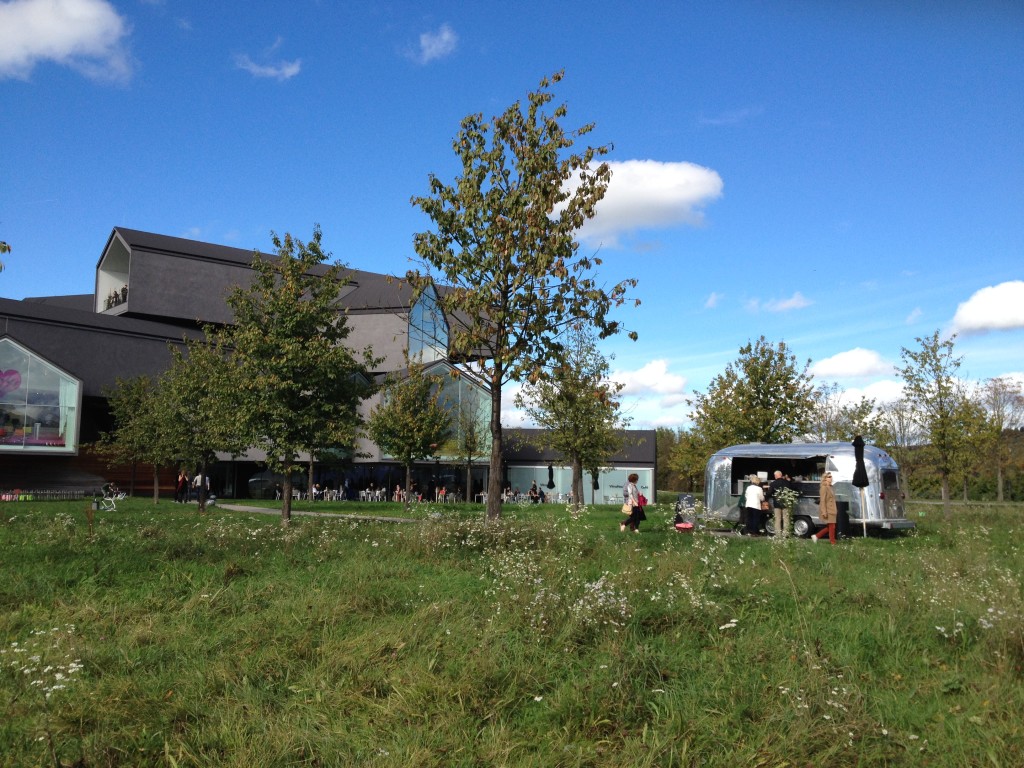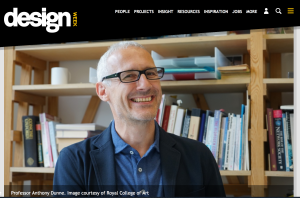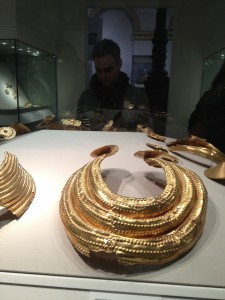MUSCON 2014
European Museum Network Conference
Vitra Design Museum
Charles-Eames-Str. 2, Weil Am Rhein, Germany
www.design-museum.de
15 to 18 October 2014
Last year I was invited to attend a MUSCON conference hosted by the Vitra Design Museum, the institution that instigated the network back in 1996. I was present as an observer (along with fellow researchers Sabina Michaelis and Rosita Satell from the University of Southern Denmark) as the event is intended for staff from member institutions to pitch and negotiate the “buying and selling” of upcoming exhibitions as touring shows (here’s how VDM do it). Every year or so there are regional MUSCON conferences in Europe, the US and Asia. As a crash-course in museum programming and an introduction to a wide range of institutions (from Finland to Italy, Kilkenny to Ljubljana), the conference offered an opportunity to underpin my research with the kind of real-world issues facing museum staff…and put names to faces. Although not every MUSCON institution is a “design museum” they’re all keen to include design in their curatorial offer.
Continue reading



